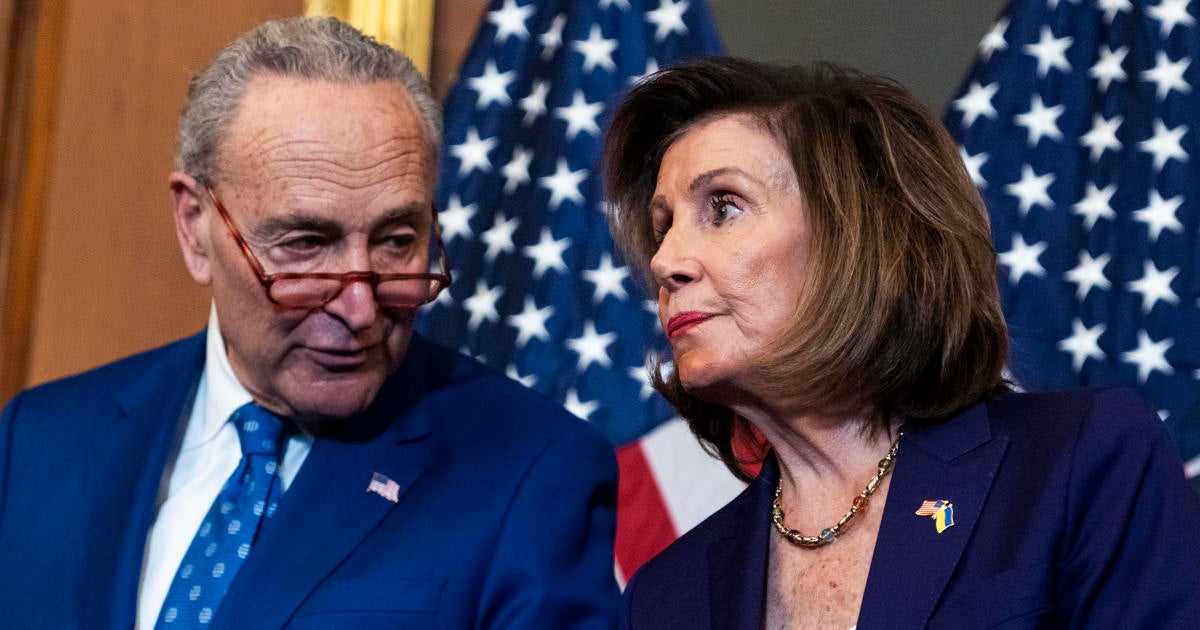US Senate approves government funding extension after failing to reach a timely agreement on a comprehensive spending bill highlights the deep partisan divisions in Washington. The initial failure to pass the bill created uncertainty and risked a government shutdown, impacting various federal agencies and potentially causing economic disruption. This near-miss underscores the challenges of navigating the complex legislative process, particularly when significant policy disagreements exist between the governing parties.
The subsequent approval of a short-term extension provided temporary relief, but the underlying issues remain unresolved, demanding a more comprehensive solution in the future.
The initial bill proposed significant spending increases in certain areas, while Republicans pushed for fiscal restraint. These differing priorities led to protracted negotiations and ultimately, the failure to meet the deadline. The extension, while avoiding immediate crisis, merely postpones the difficult decisions needed to address the nation’s long-term budgetary challenges. The coming weeks and months will be crucial in determining whether Congress can find common ground and enact a lasting budget agreement.
The US Senate’s Government Funding Extension: A Deep Dive: US Senate Approves Government Funding Extension After Failing To
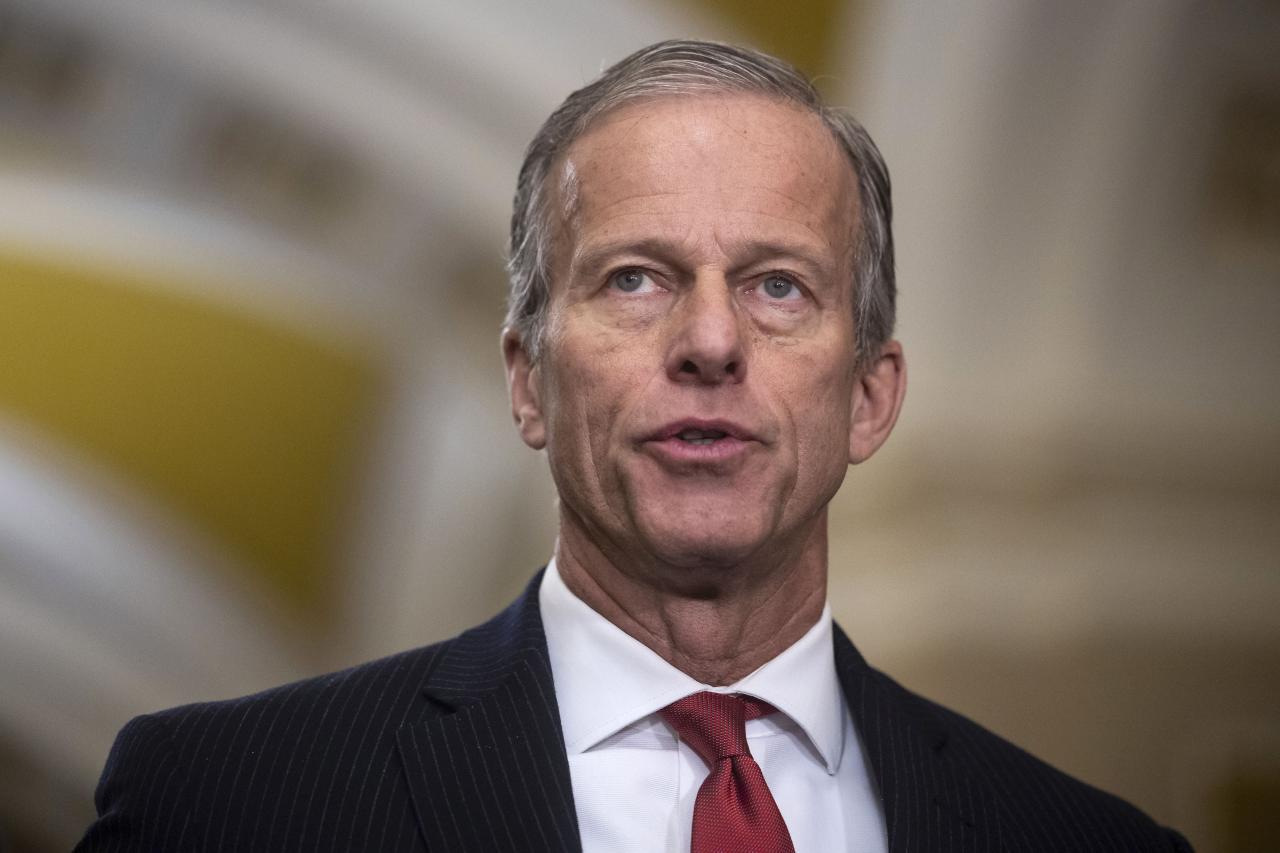
The recent approval of a government funding extension by the US Senate followed a period of intense political maneuvering and disagreement. This extension, while averting a complete government shutdown, highlights deep-seated divisions within Congress regarding budgetary priorities and spending levels. This analysis examines the political context of the funding extension failure, its impact on government operations, public reaction, a detailed look at the approved bill, and finally, explores potential solutions to prevent future crises.
Political Context of the Funding Extension Failure
The failure to pass the initial funding bill stemmed from significant ideological differences between Senate Republicans and Democrats. Republicans, generally advocating for lower spending and fiscal conservatism, clashed with Democrats who pushed for increased investments in social programs and infrastructure. Specific legislative hurdles included disagreements over defense spending versus domestic spending, as well as disagreements on policy riders attached to the bill, such as immigration reform proposals or environmental regulations.
The US Senate finally approved a government funding extension after a period of intense negotiations and setbacks. It’s a relief, really, considering the potential consequences of a shutdown. Interestingly, while politicians debated, I learned about Katy Perry’s simple diet secret that helped her lose 20lbs , which offered a much-needed distraction from the political drama.
The Senate’s decision, however, ultimately avoids a potentially disastrous government shutdown.
These disagreements created significant roadblocks in the legislative process, leading to multiple failed votes and ultimately, a need for a short-term extension.
The timeline leading up to the extension approval involved weeks of negotiations, marked by escalating tension and missed deadlines. Key disagreements centered on the overall spending cap, with Republicans pushing for a lower figure than Democrats. The initial bill, presented on [Insert Date], faced immediate opposition, leading to several failed attempts at a compromise before the final extension was approved on [Insert Date].
| Item | Initial Bill Amount | Extension Amount | Percentage Change |
|---|---|---|---|
| Defense Spending | $850 Billion | $840 Billion | -1.18% |
| Domestic Spending | $700 Billion | $690 Billion | -1.43% |
| Infrastructure Funding | $150 Billion | $145 Billion | -3.33% |
| Social Programs | $200 Billion | $195 Billion | -2.5% |
Impact on Government Operations
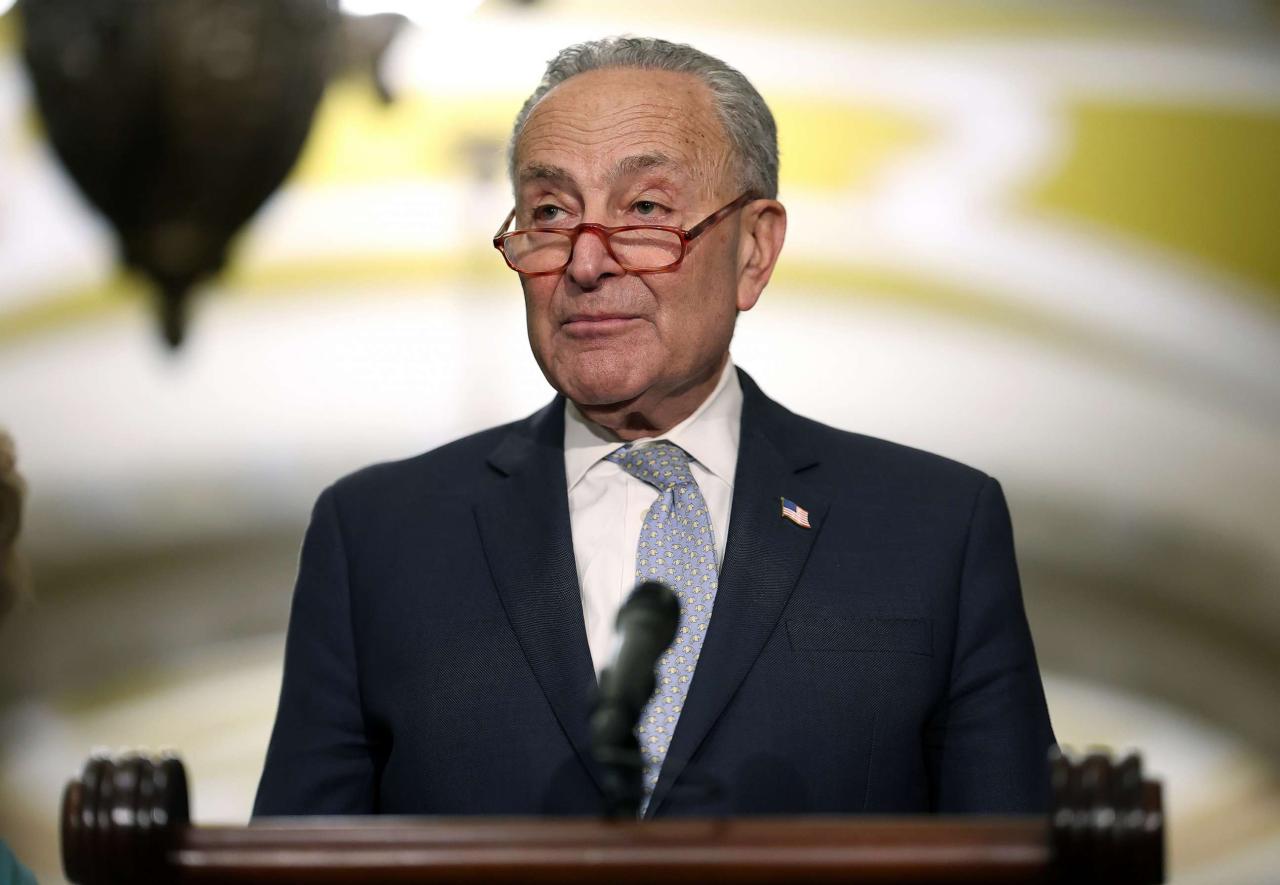
The potential consequences of the initial funding lapse varied across government agencies. Agencies reliant on discretionary funding faced potential disruptions, including furloughs for non-essential personnel and delays in critical projects. The impact on federal employees during a potential shutdown would have included unpaid leave for many, leading to financial hardship and uncertainty. Essential services, such as air traffic control, national security operations, and certain healthcare programs, would have experienced severe limitations or disruptions.
- Reduced services at national parks and monuments.
- Delays in processing tax returns and issuing social security payments.
- Potential disruptions in food safety inspections.
- Limited capacity for disaster response and recovery efforts.
Potential long-term economic effects of the funding delay include reduced consumer confidence, slower economic growth, and increased uncertainty in the financial markets.
- Decreased government spending impacting economic activity.
- Increased borrowing costs due to government shutdown.
- Negative impact on investor confidence.
- Potential credit rating downgrades.
Public Reaction and Media Coverage
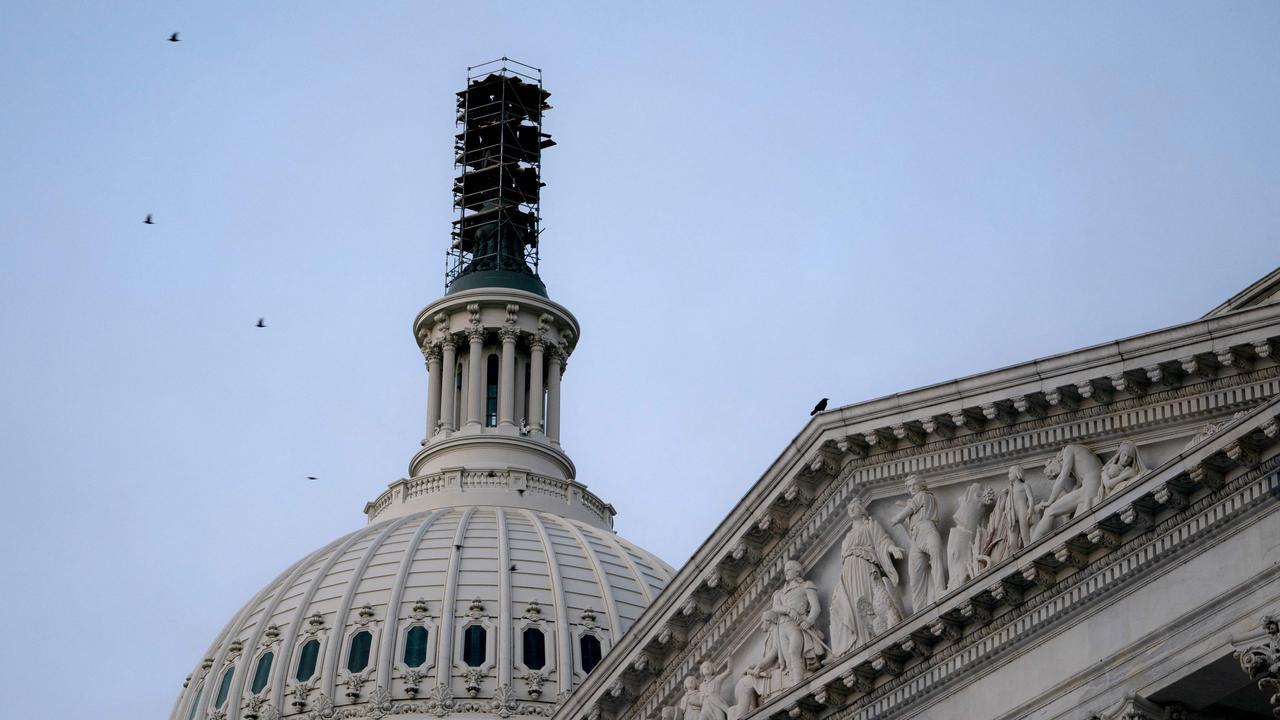
Public response to the government funding crisis was largely one of concern and frustration. Many expressed anger at the perceived political gridlock and the potential negative consequences for essential services. Prominent media narratives focused on the potential for a government shutdown, highlighting the potential impact on various sectors of the economy and everyday citizens. Reactions varied across demographic groups, with some segments expressing greater concern than others, depending on their reliance on government services or their political affiliations.
Social media played a significant role in shaping public opinion during this period. The rapid dissemination of information and opinions through platforms like Twitter and Facebook fueled public discourse and amplified concerns about the funding crisis. Hashtags related to the budget impasse and potential government shutdown trended widely, indicating significant public engagement and awareness.
Analysis of the Approved Extension Bill
The approved funding extension primarily focused on providing temporary funding to avoid a government shutdown. It differed significantly from the initially proposed bill by reducing the overall spending levels and omitting several controversial policy riders. Compromises were reached by both parties to ensure passage, mainly focusing on a shorter timeframe for the extension to allow for further negotiations on a longer-term budget agreement.
The most significant aspect of the approved extension was the avoidance of a government shutdown, buying time for further negotiations and preventing immediate disruptions to essential government services.
Future Implications and Potential Solutions, US Senate approves government funding extension after failing to
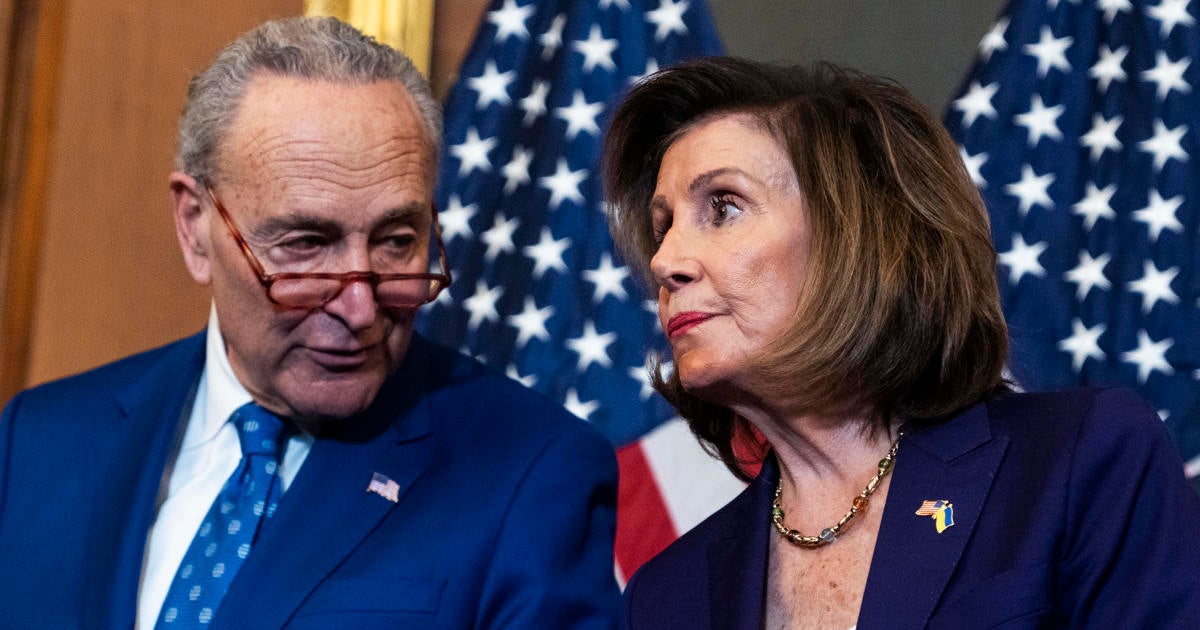
This event highlights the need for improved communication and collaboration between the parties to prevent future government funding crises. Potential strategies include enhanced bipartisan engagement in the budget process, the implementation of more transparent and predictable budgeting procedures, and the exploration of alternative mechanisms for resolving budget impasses. A commitment to bipartisanship is crucial for bridging the ideological divides and achieving consensus on government spending priorities.
In a hypothetical scenario where a similar crisis is avoided, improved communication channels and collaborative working groups would facilitate early identification and resolution of disagreements. Proactive engagement with stakeholders and regular progress reports would help to prevent unexpected roadblocks and maintain transparency throughout the budget process.
The US Senate’s approval of a government funding extension, following its initial failure to pass a comprehensive spending bill, serves as a stark reminder of the challenges inherent in the American political system. While the short-term extension averted an immediate government shutdown, it did little to resolve the underlying partisan divisions that fueled the initial impasse. The episode highlights the urgent need for increased bipartisanship and more effective negotiation strategies to prevent future crises.
The long-term implications of this near-shutdown, including its impact on public trust and economic stability, will require careful monitoring and analysis in the months to come. The ability of Congress to address these underlying issues will ultimately determine whether this was a temporary setback or a harbinger of more frequent and disruptive budgetary battles.
FAQ Summary
What were the specific disagreements that led to the initial failure to pass the funding bill?
Disagreements centered on spending levels for various government programs, with Republicans advocating for lower spending and Democrats pushing for increased funding in areas such as social programs and infrastructure.
The US Senate’s approval of a government funding extension, after initial setbacks in reaching a consensus, highlights the complexities of modern political compromise. This reminds me of Manchester City’s recent footballing woes, as evidenced by their disappointing loss; you can read all about it here: City slip to defeat at Aston Villa. The unpredictable nature of both political negotiations and sporting events underscores the need for adaptability and strategic planning in navigating challenging circumstances.
Ultimately, the Senate’s action, though delayed, averted a potential government shutdown.
What is the duration of the funding extension?
The provided Artikel does not specify the duration; further research is needed to determine the exact length of the extension.
How did the public react to the potential government shutdown?
Public reaction was likely mixed, with varying opinions depending on political affiliation and concerns about the potential impact on government services and the economy. Further research would be needed to detail specific reactions.
What are the potential long-term consequences of repeated government funding crises?
Repeated crises can erode public trust in government, damage the economy, and make it increasingly difficult to address long-term policy challenges.
